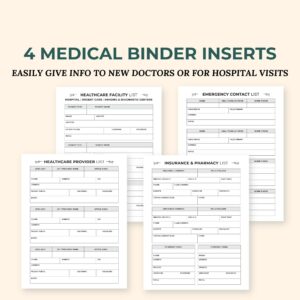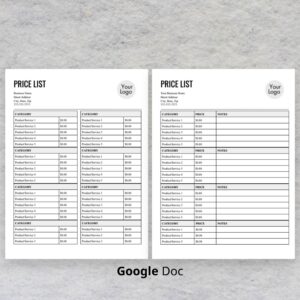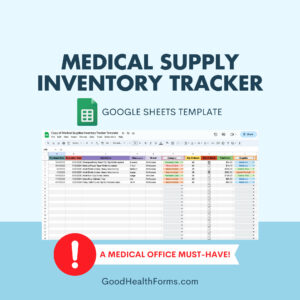Utilizing this type of standardized format offers numerous advantages. It reduces the potential for errors arising from miscommunication or incomplete information. It improves the speed and accuracy of diagnosis and treatment planning. Furthermore, it contributes to better patient safety by ensuring that all relevant medical information is considered during the course of care. The streamlined nature of the record also promotes efficient workflow within healthcare settings.
medical
Medical Office Price List Template
Implementing a clearly defined fee structure streamlines financial operations, minimizes billing disputes, and enhances patient satisfaction. It allows patients to anticipate expenses, facilitating informed decisions about their healthcare. Furthermore, a structured schedule supports compliance with billing regulations and promotes accurate revenue cycle management.
Medical Office Supply List Template
The adoption of such a standardized tool offers multiple advantages, including streamlined purchasing processes, reduced expenditure through bulk ordering and needs forecasting, and enhanced operational efficiency by preventing unexpected stock depletion. Furthermore, it facilitates compliance with regulatory standards concerning hygiene and patient safety.


